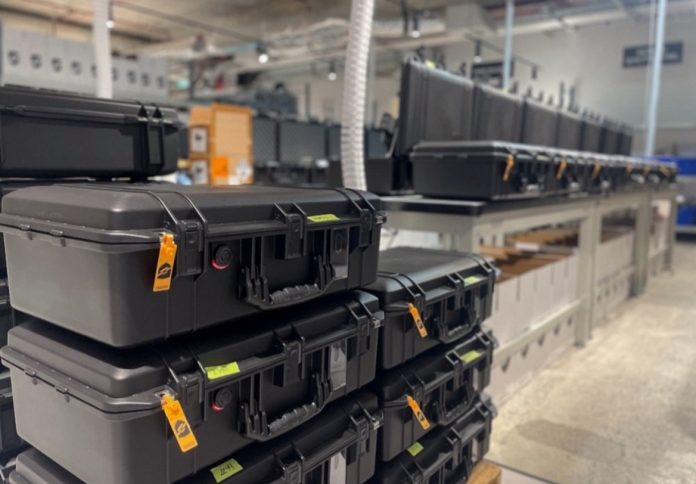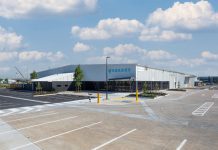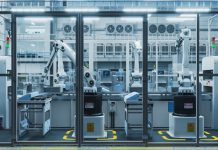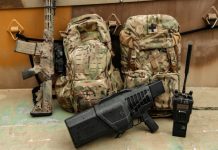
DroneShield is set to bolster its manufacturing and research capabilities with a $13 million investment aimed at expanding its footprint in Australia and abroad, amid rising global demand for counter-drone technologies.
The company confirmed it has committed to a multi-year lease and fit-out for a new 3,000 square metre production facility in Alexandria, Sydney, expected to be operational by December 2025.
The new space is more than three times the size of DroneShield’s existing production assembly floor, which will be converted into additional research and development (R&D) space, bringing the company’s total dedicated R&D area to 5,530 square metres.
In parallel, the company will expand its R&D headquarters by an additional 2,500 square metres to accommodate increased engineering and laboratory functions.
The expanded facilities will lift DroneShield’s own manufacturing capacity to $900 million annually by mid-2026.
Together with planned growth in contract manufacturing in Australia, Europe and the US, the company expects its total manufacturing capacity to rise from $500 million to $2.4 billion annually by the end of 2026.
“[DroneShield is] stepping up to meet this demand by investing in state-of-the-art facilities here and abroad, and in sovereign Australian skills development to provide the most modern and effective counter-drone capabilities in the world,” said CEO Oleg Vornik.
“Our new facility in Alexandria will epitomise the value Australian engineering can bring to a changing geopolitical landscape.”
The investment follows a series of major contracts won by DroneShield, including a $61.6 million European order in June—its largest to date—alongside a $9.7 million contract in Latin America and an $11.7 million Five-Eyes R&D contract.
These wins align with the company’s plans to establish a European Centre of Excellence to support domestic defence programs under initiatives like the EU’s EUR800 billion ReArm Europe Plan.
According to DroneShield, the $13 million figure reflects five years of lease commitments and fit-out costs. As the company primarily works with a third-party supply chain—largely Australian—there is limited need for capital-intensive equipment purchases.
Exports have played a significant role in the company’s recent growth. In 2024, 91 per cent of production from DroneShield’s current facilities was destined for export markets, underscoring the company’s contribution to Australia’s broader manufacturing capabilities and its alignment with the federal government’s Future Made in Australia initiative.
Vornik also noted a generational shift in interest toward careers in the defence sector, driven by increasing global instability.
“Interest in working in defence had been declining over decades of peace,” he said. “But we are seeing a rise in national pride as tyrants attempt to change the world order, and that’s translating to an uptick in younger staff seeking opportunities and adding real and timely value to Australia’s defence efforts.”
The content of this article is based on information supplied by DroneShield. For more information, please refer to the official company announcement and communications from DroneShield. Please consult a licensed and/or registered professional in this area before making any decisions based on the content of this article.


















